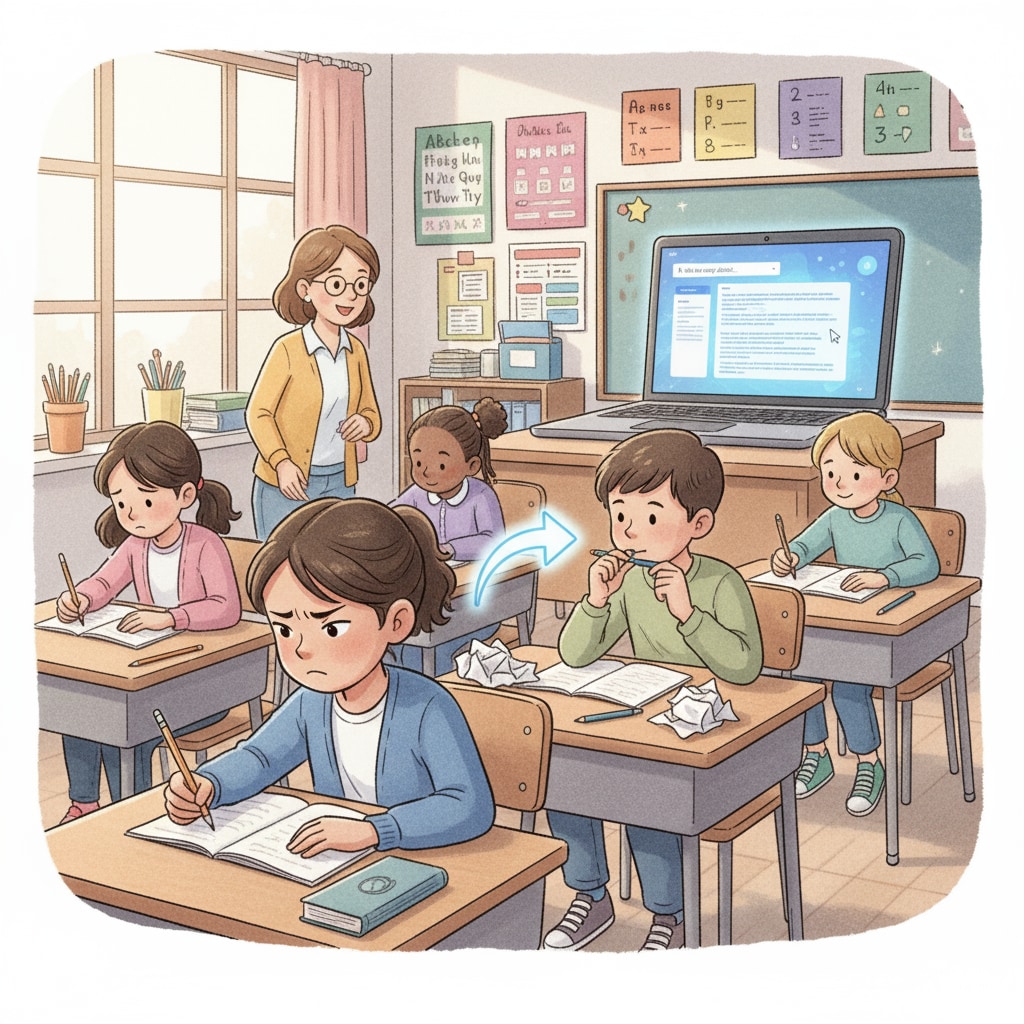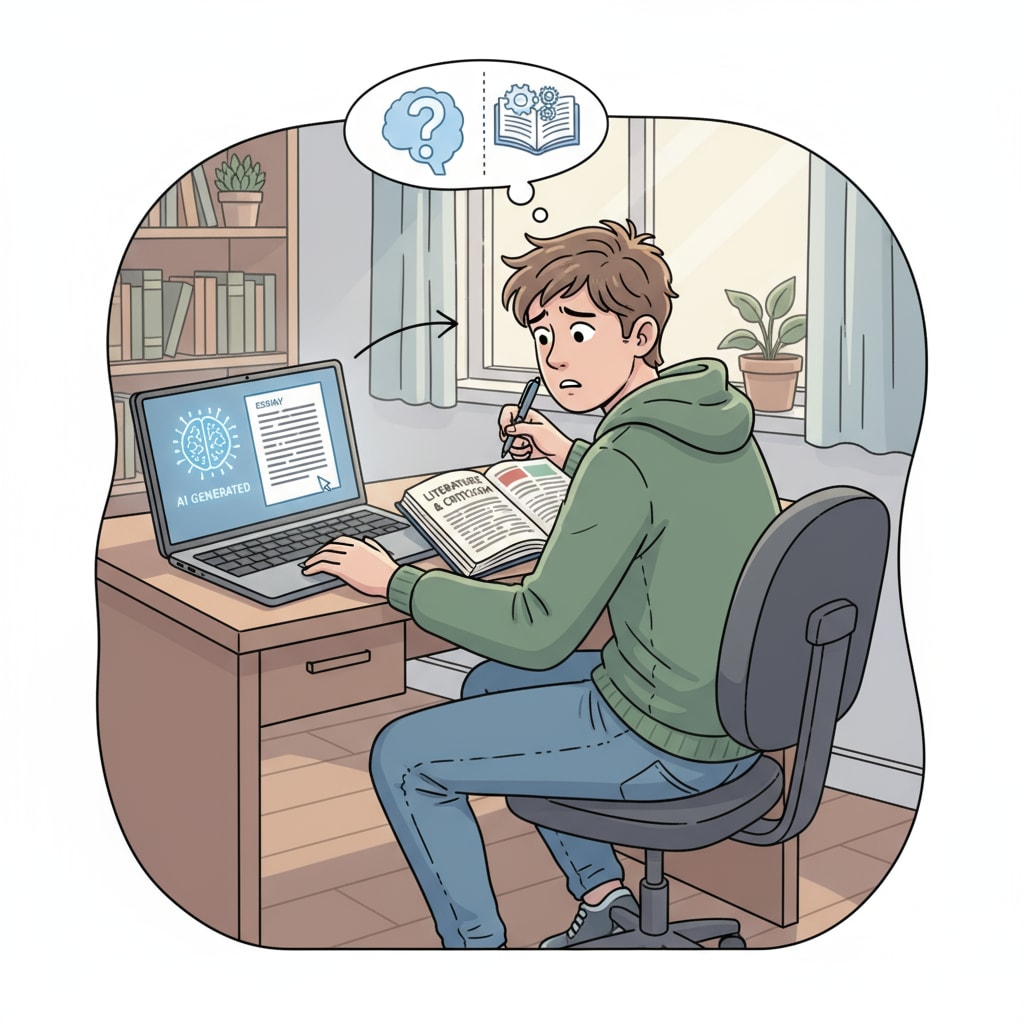In the landscape of modern education, the issues of student writing, assignment authenticity, and educational objectives have taken on new dimensions with the advent of AI. The integration of AI technology into the educational realm has brought about a significant phenomenon: a growing disconnection between students’ in-class writing capabilities and the quality of their written assignments. This has given rise to a writing crisis that demands our attention.

The Alarming Disconnect
The current situation is disconcerting. In the classroom, teachers observe students struggling with basic writing skills, such as grammar, structure, and the development of coherent arguments. However, when it comes to submitted assignments, the quality often seems disproportionately high. This stark contrast indicates that something is amiss. For example, students might stumble during in-class writing exercises but produce polished essays for homework. This discrepancy can be largely attributed to the use of AI writing tools. As per this report on EdSurge, the prevalence of AI in student writing has become a widespread concern.
The Root Causes
There are several factors contributing to this problem. Firstly, the easy accessibility of AI writing tools has made it too convenient for students to seek shortcuts. These tools can generate well-written paragraphs and essays within seconds, tempting students to use them instead of honing their own skills. Secondly, the pressure to achieve high grades in a competitive academic environment pushes students to take the path of least resistance. They believe that submitting high-quality assignments, regardless of how they are produced, is the key to success. Additionally, a lack of proper education about academic integrity and the long-term implications of relying on AI for writing has led to this irresponsible behavior. According to Chegg’s insights on academic integrity, understanding the value of original work is crucial.

The consequences of this phenomenon are far-reaching. In the short term, students miss out on the opportunity to develop essential writing skills that are vital for their future academic and professional success. Writing is not just about producing words on paper; it is a cognitive process that helps in organizing thoughts, expressing ideas clearly, and developing critical thinking abilities. In the long run, if this trend continues, the educational system risks producing graduates who lack the fundamental writing and thinking skills required in the real world. This can have a negative impact on the overall quality of education and the preparedness of students for the challenges ahead.
Redefining the Purpose of Writing Education
To address this crisis, it is essential to reevaluate and redefine the purpose of writing education. Instead of focusing solely on the end product, the emphasis should shift towards the learning process. Teachers should design writing assignments that encourage students to engage in the creative and critical thinking involved in writing. This could include activities such as brainstorming sessions, peer reviews, and multiple drafts. By doing so, students will be more invested in the writing process and less likely to resort to AI assistance. Moreover, educators need to incorporate lessons on academic integrity and the ethical use of technology into the curriculum. This will help students understand the importance of producing original work and the value of their own efforts.
In conclusion, the writing crisis stemming from the disconnect between students’ real writing abilities and assignment outcomes in the AI era is a complex issue. However, by understanding the root causes, recognizing the consequences, and redefining the purpose of writing education, we can take steps to bridge this gap. Teachers, parents, and students all have a role to play in ensuring that writing education remains meaningful and effective, fostering the development of true writing skills and upholding the principles of academic integrity. This way, we can prepare students for a future where their writing abilities are a valuable asset, rather than a skill that has been undermined by technology.
Readability guidance: Short paragraphs and lists are used to summarize key points. Each H2 section aims to provide a list. The proportion of passive voice and long sentences is controlled. Transition words (however, therefore, in addition, for example, as a result, etc.) are scattered throughout the text.


